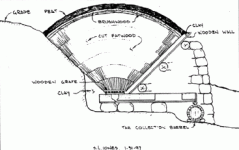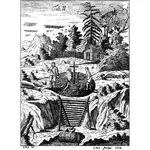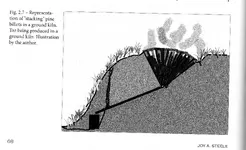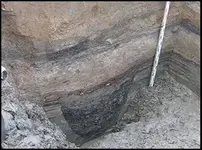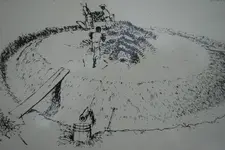The idea of a ship repair hub AND the depository for Pirate troves is VERY plausible but from the late 1560s more like......
The story of David Ingram's Impossible Walk shows just that
After long travayle the foresaid David Ingram (with) his two companions Browne and Twyde came to the head of a ryvar called (left blank) … 60 leagues west from Cape Britton where they understode by the people of that countrye, of the aryvall of a Christian.
He was picked up in Cape Breton with his officers, and when asked what they were doing there by the french fisherman M. Champaign they said that they had been camping 60 miles west of that area, having just made an impossible walk from their scuttled ship in the Gulf of Mexico in 11 months
60 Miles west of Cape Breton is the exact distance to Oak Island
Ingram was a Privateer under contract to attack passing Spanish ships and it was a perfect place for them to attack, capture, and repair them to use them to Pirate more, scuttling them when they wanted after fighting the Spanish.
The island had obviously acted as one of their repair camps with the Pit originally dug as a drain pit for the swamp, which was then used with the tides to fill again and then remove the repaired ship.
When the English found out about this 13 years later, Bacon decided that when coming through the area with Champlain, and while leaving a map of carvings along the path, he would be then able to use the pit as a trap for them if they returned there, leaving nothing but a page of his manuscripts and the large cipher stone at the bottom of the pit....
Then he left the other markers to find a mapping point off the island and continued to leave confusing "circle speak" behind in the trail to the end, which would circle around back to the Island forming a sort of deceptive round that kept them spinning.
Only by following the (Nolan) Cross would you find the way.....and from the riddles in the Bible and Shakespeare....oh and that pesky painting by Poussin......



